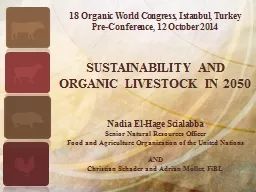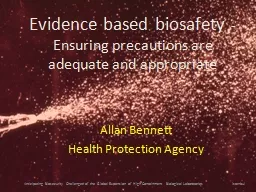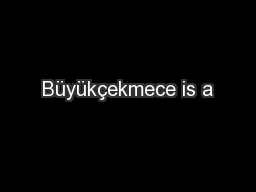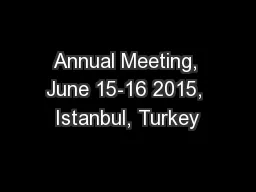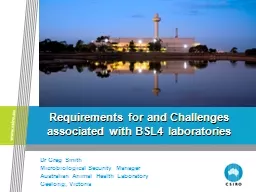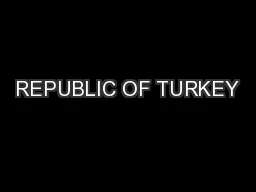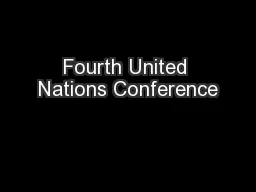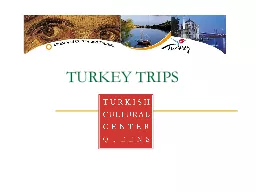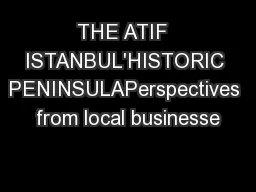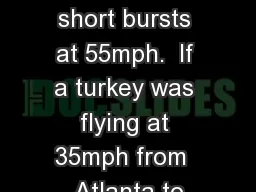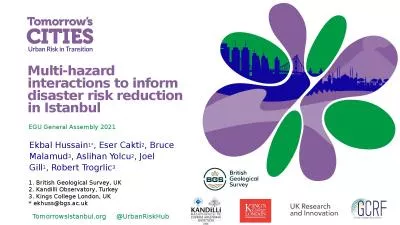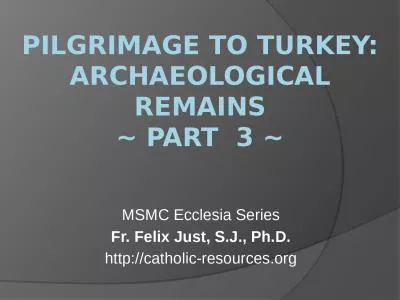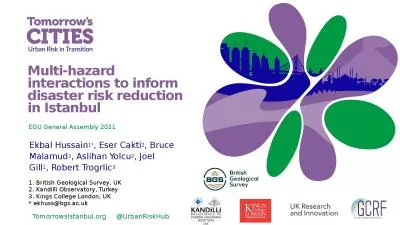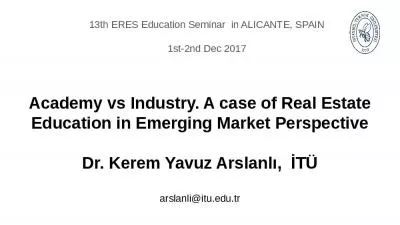PPT-18 Organic World Congress, Istanbul, Turkey
Author : kittie-lecroy | Published Date : 2015-10-20
PreConference 12 October 2014 SUSTAINABILITY AND ORGANIC LIVESTOCK IN 2050 Nadia ElHage Scialabba Senior Natural Resources Officer Food and Agriculture Organization
Presentation Embed Code
Download Presentation
Download Presentation The PPT/PDF document "18 Organic World Congress, Istanbul, Tur..." is the property of its rightful owner. Permission is granted to download and print the materials on this website for personal, non-commercial use only, and to display it on your personal computer provided you do not modify the materials and that you retain all copyright notices contained in the materials. By downloading content from our website, you accept the terms of this agreement.
18 Organic World Congress, Istanbul, Turkey: Transcript
Download Rules Of Document
"18 Organic World Congress, Istanbul, Turkey"The content belongs to its owner. You may download and print it for personal use, without modification, and keep all copyright notices. By downloading, you agree to these terms.
Related Documents

